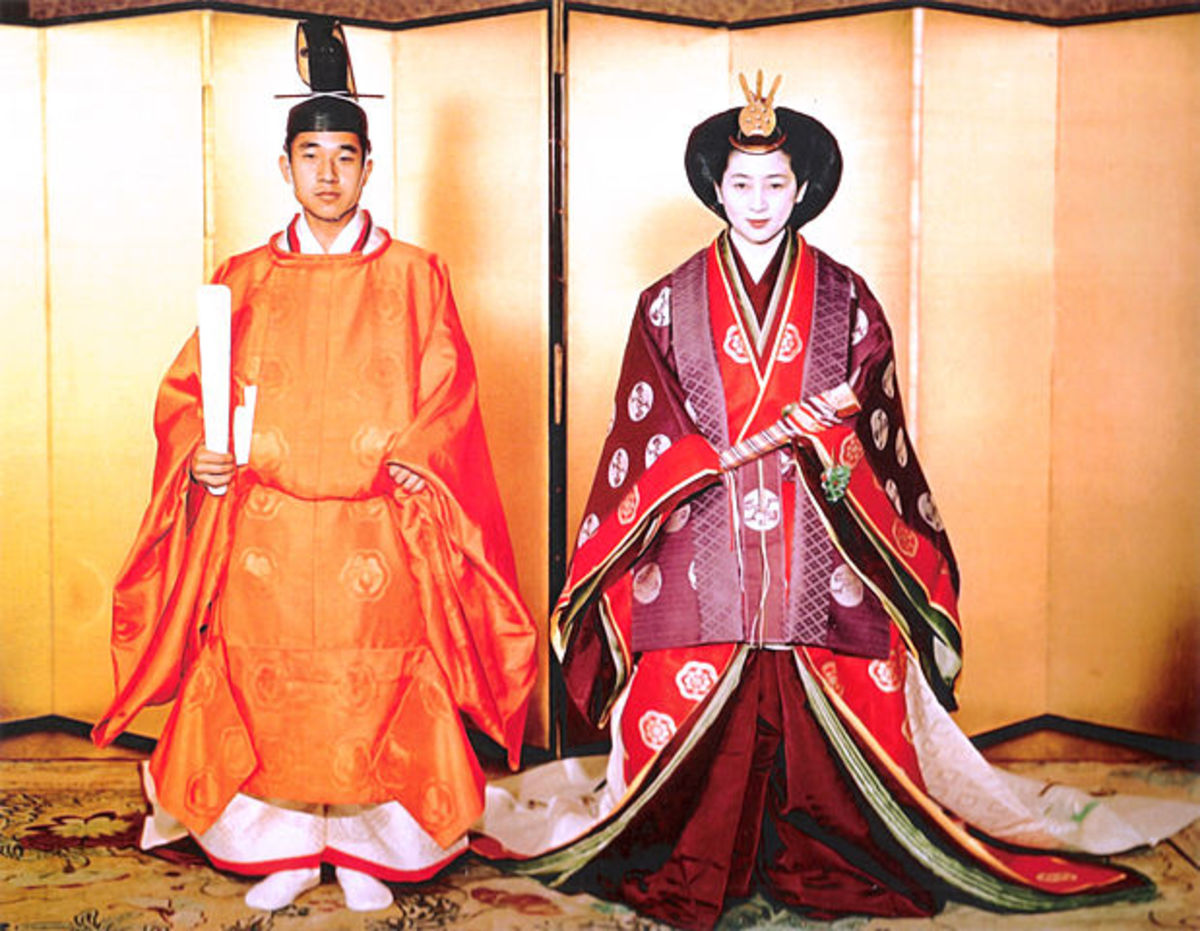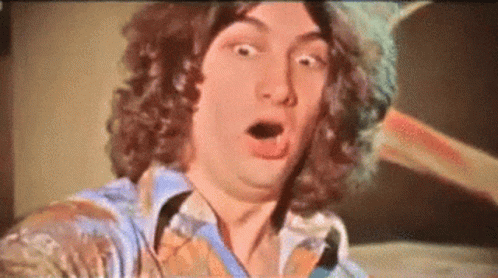And all the other funny porno images you may have seen on the internet form time to time.
If you are trying to imply that most shunga art of the period is primarly the responsibility of one artist, then you can stop.
Because most ukiyo-e artists did shunga at one point in their carreers.
By the way, it's an art form whose roots date back to the Heian period, when erotic scrolls were present and appreciated among court nobles.
It's your "mind" to think the rapresentation is supposed to be feminine
It's your "mind" to think there exists no substantial distinctions in worldviews and ideas between cultures.
During the Heian period, the ideal of male beauty emphasized slender builds, a round face with soft delicate features, long straight hair, fair smooth skin and a focus on elegance - graceful posture, gentle voice, serene demeanor, sophisticated mannerisms, elaborate grooming practices, curated clothing and accessories (such as flowing silk robes with colorful patterns and intricate decorative hair ornaments).
Also the more educated men were - able to engage in refined conversation, skilled in poetry, calligraphy, music and simply having sharp artistic sensibilities - the more attractive they seen. And nobles in general were expected to excel in courtly pursuits. The ability to convey emotions and sentiments through poetic expression was specially admired.
The standard of male beauty underwent a shift during the Kamakura period. From the delicate and refined aesthetic of the Heian era, to a more masculine and rugged appearance befitting the rising warrior class.
Physical robustness, muscular build, strong defined facial features (square jaw, prominent cheekbones, stoic demeanor). A more natural and unadorned aesthetic became popular, with an emphasis on simplicity and practicality in clothing and grooming.
Martial proficiency became the primary focus of education and social value. However intellectual and artistic pursuits were not entirely abandoned.
In the Edo period, there's yet another significant evolution regarding of male beauty. This time to a kind of synthesis between the two earlier periods.
The ideal face was neither too rugged nor too delicate, rather a balance between strength and refinement, though youthful appearance was very esteemed. Well-proportioned and graceful physique, clear skin, a balanced symmetrical face. The traditional topknot remained popular among samurai, but other meticulous hairstyles emergerd (especially among the merchant and artisan classes) and the use of hair oil to achieve a glossy look was common.
Attention to personal hygiene and grooming became more important than in the Kamakura era. While practicality remained a concern regarding clothing, kimonos made from luxurious fabrics with intricate designs and patterns became much more sought after. Fun fact, in this regard, the theater of the time (Kabuki), was popular to the point that theirs actors often set trends in fashion and grooming.
The ideal composure for a man, was one of dignified poise coupled with confident gracefulness and an air of sophistication. As there was a growing appreciation for refinement and aesthetic sensibility, a well-rounded man was one that not only faithfully adhered to values of loyalty, honor, and self-discipline, but also had knowledge and appreciation for intellectual activities and the finer things in life (calligraphy, poetry, tea ceremonies, conversation and other cultural arts).
But perhaps the epitome of the Edo ideal of male beauty was the Wakashu (young men in their late teens to early twenties), which emphasized a balance of both masculine and feminine traits - often depicted in literature and art as androgynous and beautiful. I suspect this a cause for the emergence of the contemporary Nanshoku tradition - homoerotic relationships between older men and wakashu. These boys were accepted as suitable objects of erotic desire for both older women and men (as long as it was the latter that played the active sexual role).
the original text actually came with it's own artwork, which shows how men and women were seen in the 12th century:
Aside from the haircut and very small mustache, both the male and female quite explicity share the same soft features
Here's a 12th century portrait of the first Shogun of Japan:
>realistic portrait of a real person = artistic rendition of ideal male beauty








![Glory to Codexia! [2012] Codex 2012](/forums/smiles/campaign_tags/campaign_slushfund2012.png)





















